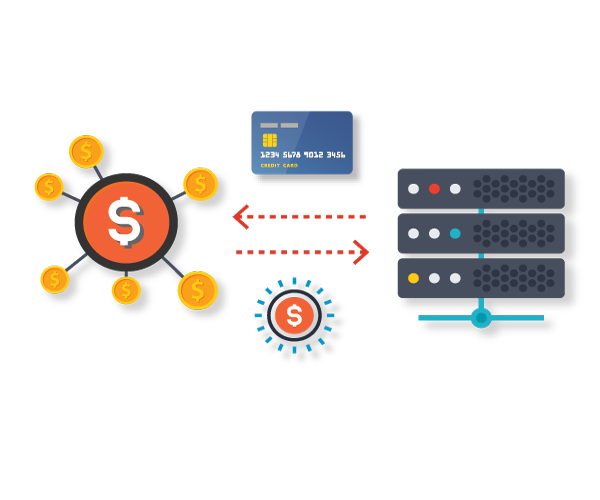FAQ
What does the EMV transition mean for me?
EMV (aka “Chip Card”) technology is an improvement over magstripe cards, but it is not a silver bullet against fraud and does not prevent data breach. The computer application on the chip talks to the terminal at the merchant point of sale. This requires significant programming by the merchant and their a bank or financial services company that processes the credit or debit card payment, as well as software and hardware providers and other payment transactions stakeholders.
While any type of fraud protection is important, it should be noted that EMV technology only protects against one kind of fraud – in-store counterfeit fraud – and is not the end all solution.
EMV doesn’t change anything for you as a consumer, except a different process at the POS. Credit Card data is still communicated between the merchant, processors, acquires, card issuers and others, but sometimes the transaction is slightly slower because of the way the data is stored and the dynamic information that is transacted.
How are mobile payments different from card payments?
According to IBM Analytics, nearly half of all e-commerce traffic is done on mobile. Mobile phones provide various ways to transact payments, including online and in-store. Mobile apps, like Starbucks, utilize closed looped gift cards which interact through barcodes and QR readers. Retail apps and others like PayPal also perform web-based or in-app purchases where a customer can shop on the Internet from their phone or tablet.
Near Field Communication (NFC) is a technology primarily utilized on mobile wallet platforms (e.g. Samsung Pay, Android Pay, Apple Pay, etc.) which can be used at point of sale terminals inside brick and mortar stores by placing the device near the POS.
Mobile payments have more advanced security than plastic cards, but much of that security is still being tested.
Who pays for fraud when it is discovered?
Fraud liability is often shared between both the merchant’s locations where the fraudulent payment occurred and with the banks, depending on the fraud situation. For example, in 2014 about 70 to 80 percent of fraud losses are found to be the merchant’s liability, according to the Kansas City Federal Study.
In e-commerce, merchants shoulder around 70 to 100 percent of the cost of online fraud, while in card present scenarios, merchants are responsible for around 38 percent of fraud. With the recent EMV transition and liability shifts, merchants will likely bear a larger chunk of card present fraud losses.
